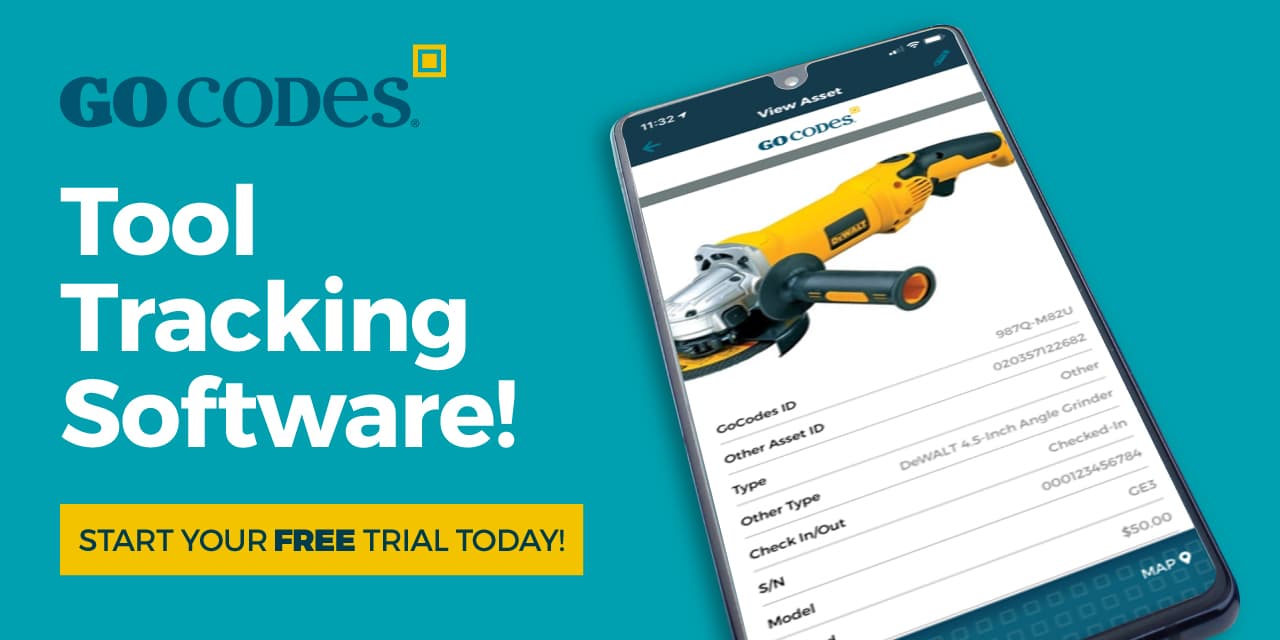Are you getting the most out of your dumpsters?
It’s a question many in the waste management industry don’t often ask, but one that can significantly impact their bottom line.
Perhaps you’re dealing with lost or stolen dumpsters, inefficient routes, or difficulty managing your inventory.
If that’s the case, read on.
In this article, we’ll explore how asset tracking software can address these pain points and streamline your operations.
We’ll cover six key reasons why incorporating asset tracking is essential for dumpster rental businesses, ultimately helping you boost efficiency and profitability.
In this article...
Improves Dispatching
Efficiency is essential when it comes to dumpster dispatching, and asset tracking systems can greatly optimize your existing processes.
In fact, with the right software and trackers, you can have visibility over the precise location of every dumpster and schedule and route dumpster pickups and drop-offs with much greater accuracy.
This efficiency is essential if we consider what clients are saying about this issue.
According to a Dumpsters.com whitepaper, the main issue that causes jobsite delays for 65% of surveyed construction companies is that dumpster haulers either don’t drop off or pick up dumpsters on time.
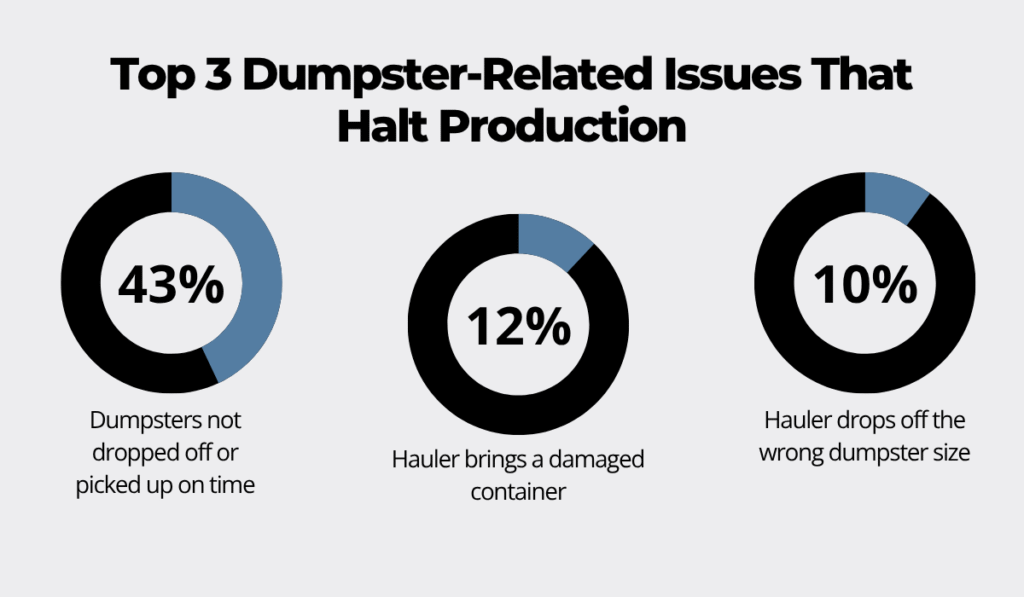
Illustration: GoCodes Asset Tracking / Data: Dumpsters
Plus, the same study cites that 85% of the 300 respondents reported losing over 3 hours monthly due to dumpster-related issues.
Asset tracking software helps, primarily by allowing dispatchers to plan driving routes more effectively.
This is achieved through real-time GPS trackers that pinpoint the exact location of your dumpsters and transport trucks, even while they’re in transit.
For example, take a look at the route planning feature of a simple system like Navixy, shown below.

Source: Navixy
With the right software, you can even factor in real-time data such as traffic, weather, and road conditions to optimize routes accordingly.
These capabilities make asset tracking tools significantly better than manual route planning, enabling them to find the shortest and most efficient dispatch routes consistently.
Over time, this translates to lower fuel costs, reduced driver hours, and less wear and tear on your vehicles.
Ultimately, these efficiencies lead to significant time savings and allow you to increase your daily job capacity.
And, of course, your clients will appreciate the improved punctuality and reliability.
Helps Prevent Dumpster Loss
Dumpsters are notorious for being stolen from construction sites or vacant properties, sometimes even being “borrowed” by others without permission.
They can also simply be misplaced, especially when working with hundreds of dumpsters in several locations.
Luckily, a key asset-tracking feature that mitigates this potential dumpster loss is geofencing.
Geofencing creates a virtual boundary around a designated area, and you receive immediate notifications if a dumpster exits that perimeter.
This feature is offered by our own asset tracking system, GoCodes Asset Tracking.
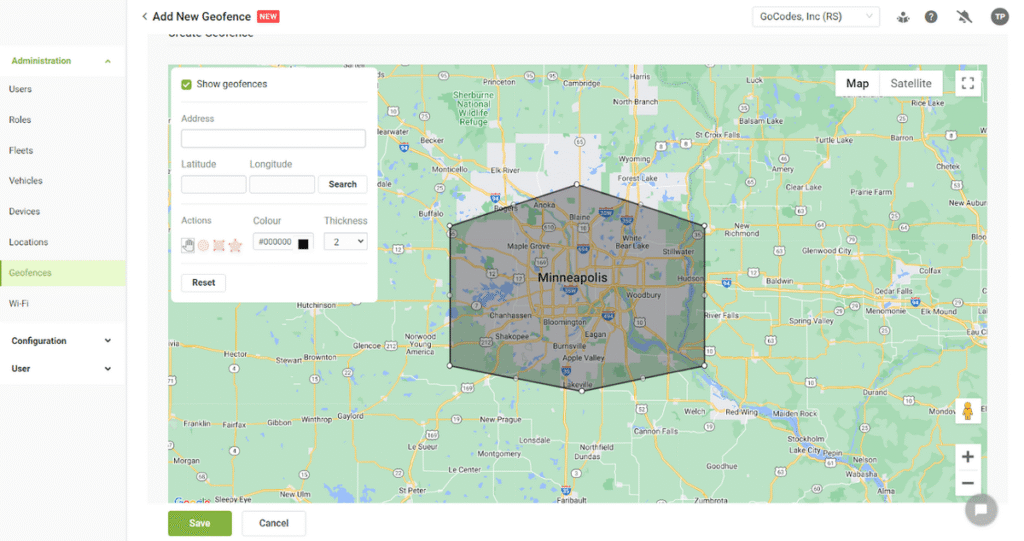
Source: GoCodes Asset Tracking
We offer durable GPS trackers designed specifically for harsh environments, coupled with intuitive software that provides real-time location data and geofencing capabilities.
With instant alerts triggered when an asset leaves its geofenced area, you can initiate recovery efforts immediately.
And, if the GPS tracker attached to the dumpster hasn’t been tampered with, GoCodes Asset Tracking makes it easy to pinpoint the exact location of your asset on a map.
All these preventive measures are understandable when you consider the costs that can arise from lost dumpsters.

Source: GoCodes Asset Tracking
Let’s take the average price of roll-off dumpsters, which, according to Dumpsters.com, is $663.
For a 100-unit fleet, a mere 5% annual loss translates to $3,315 in annual dumpster replacement costs alone.
But the financial impact goes beyond just replacement.
Each lost dumpster can delay or even halt jobs, leading to lost revenue and potentially strained client relationships. Furthermore, disputes over billing or responsibility for lost dumpsters can create legal headaches and additional costs.
These costs quickly accumulate and are often dwarfed by the comparatively small investment in rugged GPS trackers and an asset tracking software subscription.
In fact, the operational and business risks you mitigate with an asset tracking tool more than justify the expense, as preventing even a single instance of theft or loss can easily offset the cost of the tracking system.
Streamlines Dumpster Maintenance
Due to the very nature of asset tracking systems, which constantly monitor dumpster usage and location, they can significantly help plan and streamline maintenance.
And dumpster rental companies need to pay close attention to this aspect, as many regulations stipulate that maintaining dumpsters in good condition is a shared responsibility.
For example, take a look at the following section from an ordinance for the City of Blue Springs, in the state of Missouri.

Source: ecode360
Similar regulations exist in many other states and cities, clearly indicating that both the rental company and the renter are responsible for dumpster upkeep.
While it’s safe to assume that your clients are primarily responsible for the dumpster while they’re using it, it’s still crucial for you to regularly check and service your dumpsters.
These checks can range from quick inspections after each rental period to more extensive scheduled maintenance, checking for structural integrity, assessing interior and exterior conditions, cleaning and sanitizing, and repainting or repairing as needed.
Asset tracking systems facilitate this process by allowing you to track a dumpster’s service history and upcoming maintenance due dates directly within the system.

Source: GoCodes Asset Tracking
You can also track the purchase date of each dumpster, enabling you to plan for the end of its useful life and schedule replacements proactively.
This prevents unexpected breakdowns and ensures you always have a functioning fleet.
On top of this, modern asset tracking systems often include automated service notifications, like the email example shown below.
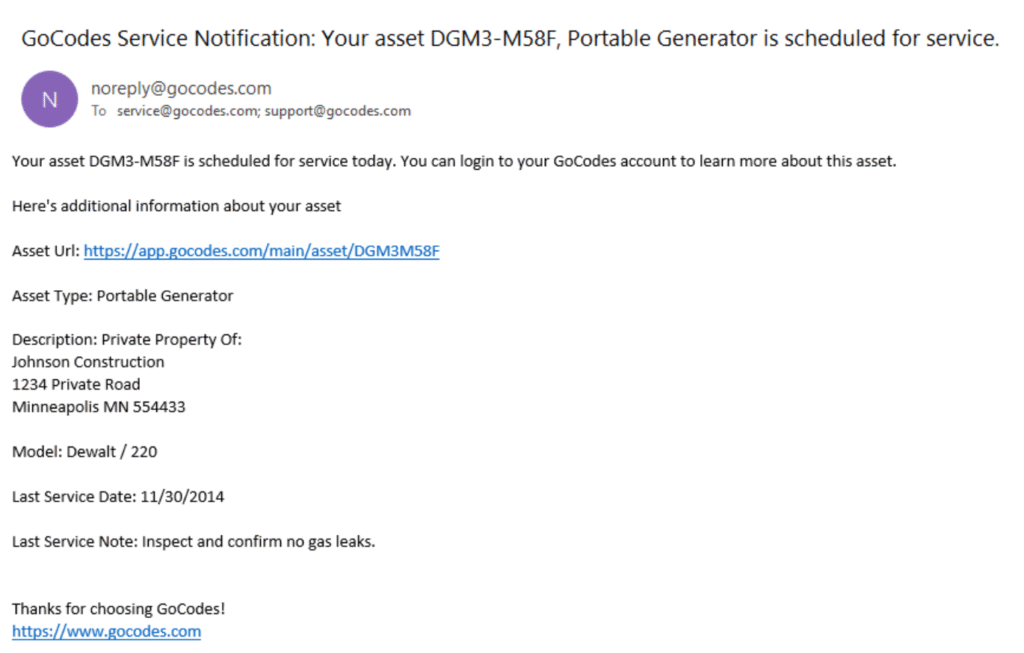
Source: GoCodes Asset Tracking
So, regardless of the maintenance schedule you establish, you can be confident that your dumpsters are receiving the necessary attention.
These systems can remind maintenance crews of upcoming tasks, ensuring that nothing falls through the cracks.
Overall, with a proactive approach, you can minimize downtime and greatly extend the lifespan of your assets.
Reduces Administrative Workload
Maintaining manual records of your dumpsters and transport trucks might be enough when you’re just starting out.
But, as your business grows, these manual logs become a source of unnecessary administrative burden and inefficiencies.
Consider the following excerpt from a Samsara article describing the struggles one of their clients faced with traditional manual methods:
ACV Enviro tracked their asset inventory and work orders on paper and in spreadsheets. This system not only made it challenging to properly track their assets’ whereabouts, but they had difficulty determining when customer drop-offs and pickups were made.
Scenarios like these are simply not sustainable in the modern industry.
To illustrate, think about the impact a simple check-in/check-out functionality, offered by most asset tracking tools, can have on your operations.
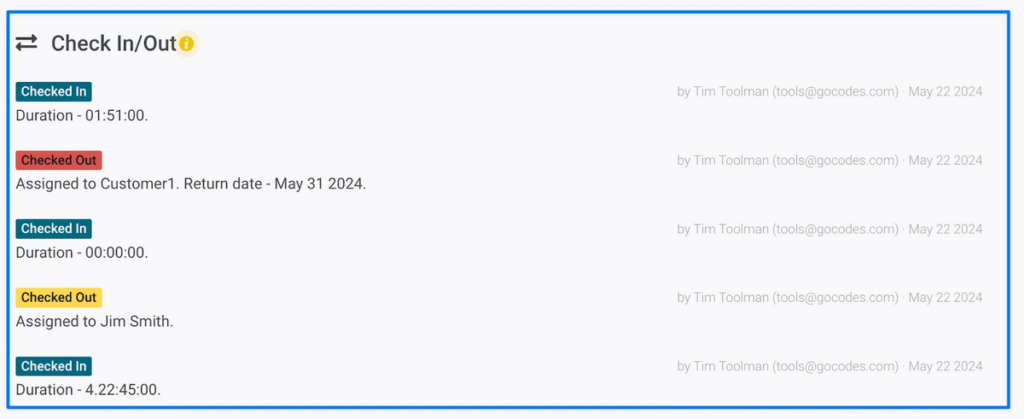
Source: GoCodes Asset Tracking
This feature drastically simplifies inventory management and reduces errors by automating the tracking of dumpster locations and assignments.
Plus, it indirectly streamlines billing.
After all, by knowing precisely where a dumpster is located and for how long, you can generate accurate invoices with minimal effort.
Features like these are powered by various physical location trackers installed on both dumpsters and transport trucks, as illustrated below.

Source: GoCodes Asset Tracking
GPS devices track the real-time location of both assets while also providing valuable truck data such as vehicle speed, engine hours, acceleration, hard braking incidents, and more.
On the other hand, using a combination of RFID readers on trucks and RFID tags on dumpsters significantly simplifies the check-in/check-out process.
As a truck approaches a dumpster, the RFID reader automatically detects the tag, instantly registering the dumpster’s presence and location without requiring the operator to scan the dumpster or enter any data by hand.
Ultimately, these functionalities act as time savers, reducing manual errors and unnecessary admin.
Generates Actionable Data
Asset tracking systems go far beyond simply providing real-time location monitoring. In fact, the right system can collect a wealth of information, providing valuable insights into your operations.
Take a look at some key metrics these systems track, illustrated below.
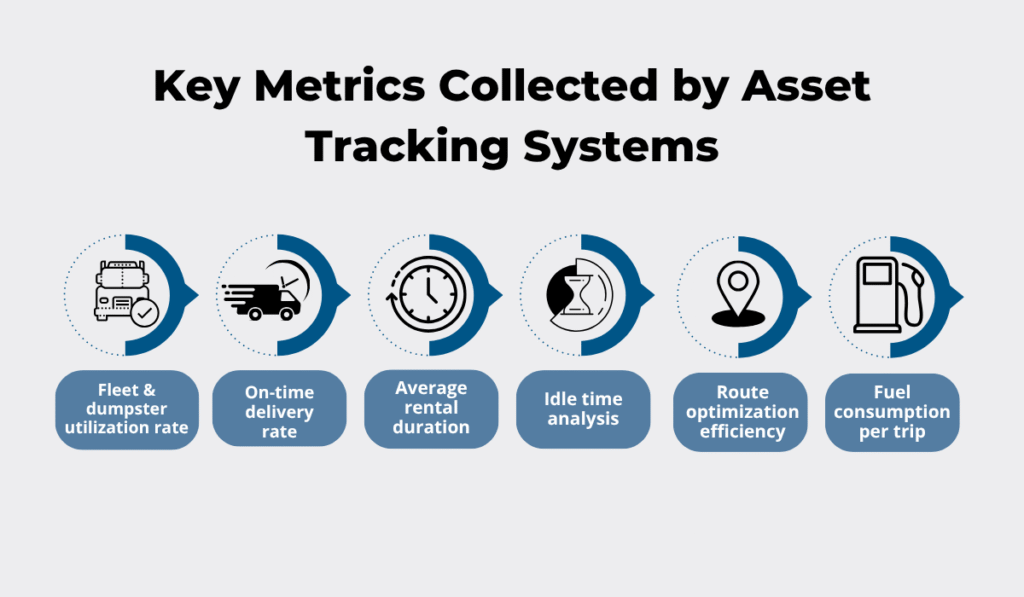
Source: GoCodes Asset Tracking
The power of these systems lies in the sheer volume of data they record and the ability to analyze that data to reveal patterns and insights.
Even something as seemingly simple as measuring your truck and dumpster utilization rate can have a profound impact on your operations.
This point is echoed by Rami El Chafei, founder of Dalos, an asset management solution.
In an article on the topic, he emphasizes that the actionable data collected by asset tracking systems can be instrumental in minimizing asset downtime.
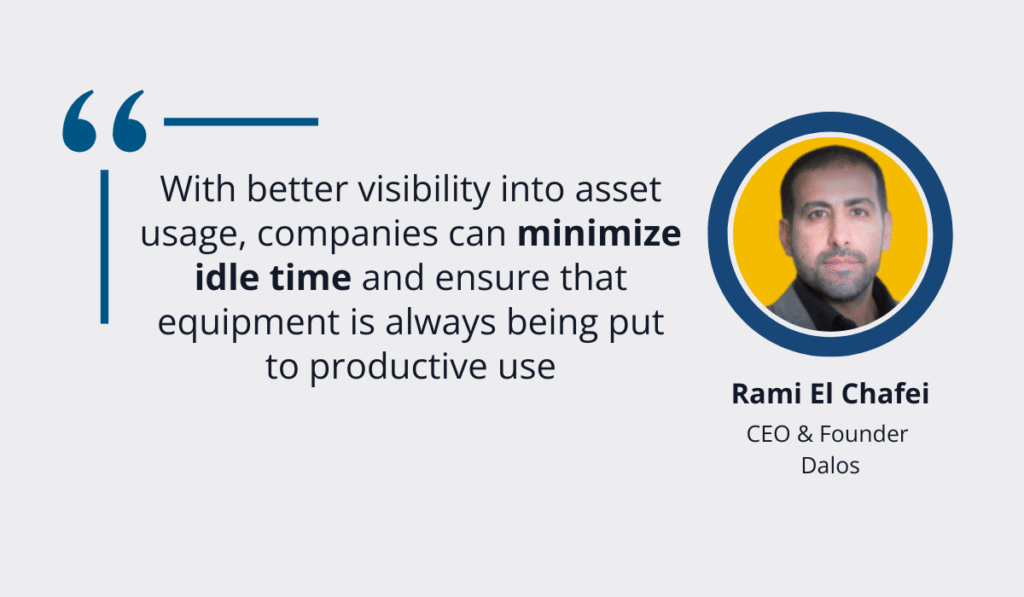
Illustration: GoCodes Asset Tracking / Quote: Dalos
By identifying underutilized assets, you can optimize their deployment, reduce unnecessary expenses, and ensure that every piece of equipment contributes to your bottom line.
For instance, if data reveals that certain dumpsters are consistently sitting idle, you can reallocate them to areas with higher demand or adjust your fleet size accordingly.
Furthermore, a significant advantage of many modern systems is their ability to present the collected data in a visually accessible format, as shown below.
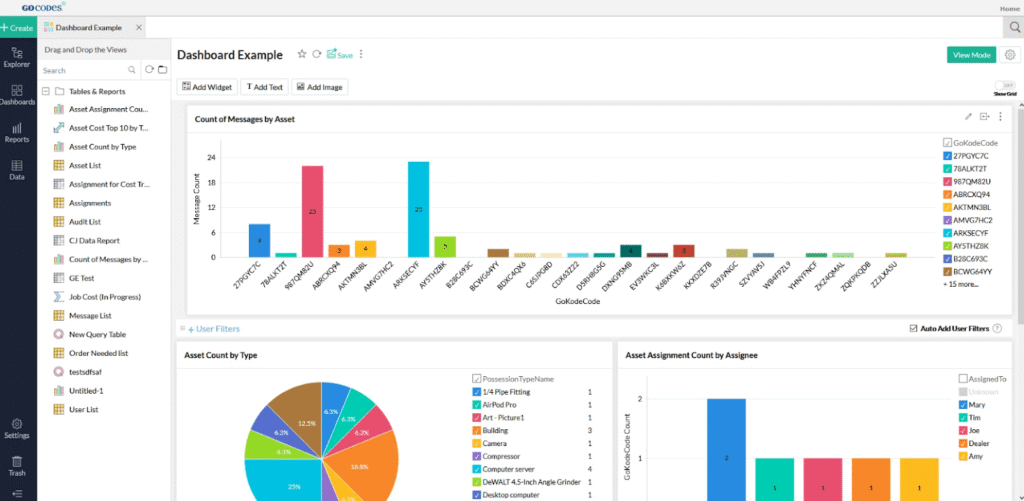
Source: GoCodes Asset Tracking
These dashboards and reports transform raw data into easily digestible insights, allowing you to quickly identify trends and potential problems.
Instead of sifting through spreadsheets, you can visualize inefficiencies, track maintenance to prevent breakdowns, and monitor utilization to ensure your assets are working effectively.
A data-driven approach empowers informed decisions and, in the end, leads to improved efficiency and profitability.
Integrates with Other Systems
Finally, it’s worth highlighting that modern asset tracking software can integrate with your existing technology stack.
Today’s businesses rely on a variety of tools, and dumpster rental companies are no exception.

Source: GoCodes Asset Tracking
While these tools can function effectively on their own, they become even more powerful when data flows seamlessly between them.
In particular, integrating your asset tracking tool with other systems can significantly enhance their functionality.
For instance, integrating asset tracking with your inventory and order management system provides real-time visibility into dumpster availability.
This allows you to quickly respond to customer requests, schedule deliveries efficiently, and avoid overbooking or double-booking.
Similarly, integrating with invoicing and payment solutions can automate the billing process.
The system can automatically generate invoices based on actual dumpster usage data, eliminating manual data entry and reducing the risk of errors.
If we were to summarize the benefits of these integrations, they might look something like this:
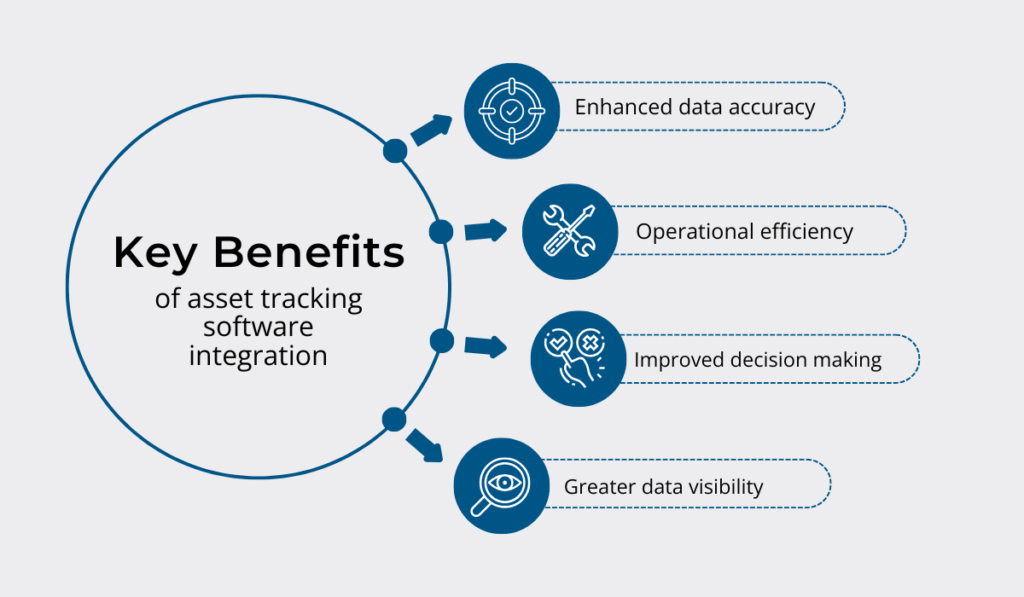
Source: GoCodes Asset Tracking
Now, it’s important to note that while some systems offer pre-built integrations with popular tools, it’s crucial to look for a system that also supports custom integrations.
This flexibility ensures that the asset tracking software can adapt to your specific needs and integrate with any specialized tools you might be using.
For example, GoCodes Asset Tracking provides a robust API, making it easy to integrate with other software solutions. You can connect GoCodes Asset Tracking with your CRM, accounting software, or any other system you rely on, creating a unified and efficient workflow.
In essence, this interconnected approach empowers you to make better decisions and optimize your entire workflow.
Conclusion
There you have it—six compelling reasons why integrating asset tracking software is a game-changer for dumpster rental businesses.
We’ve explored how this technology can help you better dispatch your assets, optimize routes, prevent theft, improve maintenance management, and bring more data-driven insights into your business.
Hopefully, you now have a better understanding of these benefits and how they can directly apply to your operations.
Moving forward, look into getting an asset tracking system that aligns with your business needs.
The right solution can streamline your workflow, reduce losses, and ultimately drive profitability.



